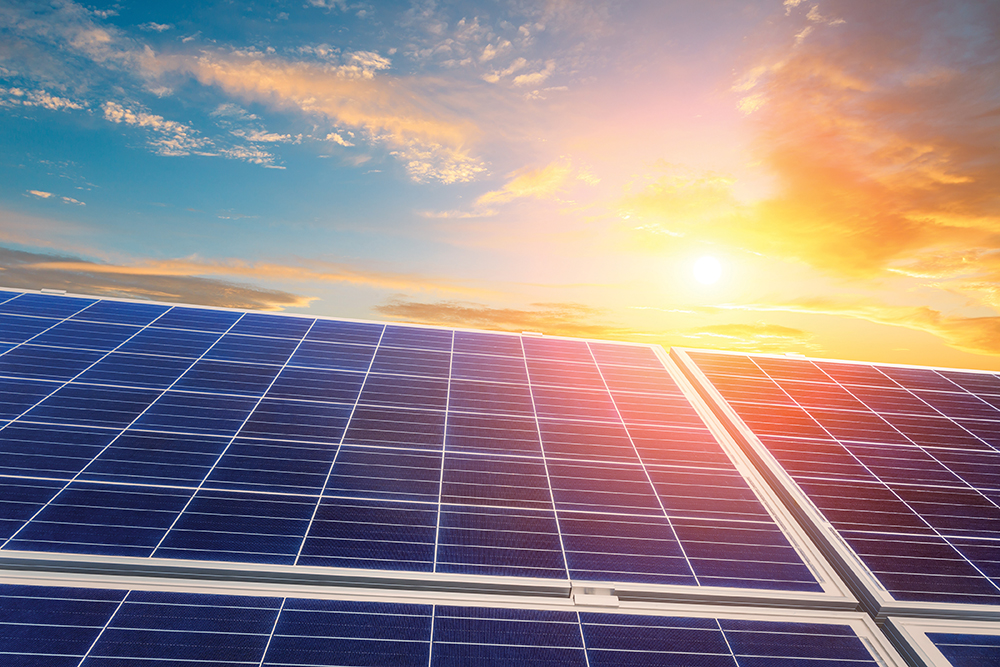The Bui Power Authority (BPA), the public body established to plan, execute and manage the Bui Hydroelectric Project that is now known as the Bui Generating Station (BGS) on the Black Volta River, the boundary between the Savannah and Bono regions, plan to construct eight solar power plants in northern Ghana.
This information was disclosed by BPA Chief Executive Officer, Samuel Kofi Dzamesi, during the 26th United Nations Climate Change Conference of the Party (COP26), at Glasgow, Scotland.
Also Read: Construction of solar power plant for Grande Côte Opérations, Senegal
The project is in line with the company’s commitment to supporting the development of renewable energies in Ghana, in which context, it hopes to harness at least 700 MW of solar energy by the year 2024.
BOOT solar power plants in northern Ghana
According to Kofi Dzamesi, the project will be implemented under the BOOT (build, own, operate, transfer) public-private partnership (PPP) project model, where private investors will fund the construction, and be compensated later when the state takes over the operation of the power plants.
The project, the BPA Chief Executive Officer said, could start by next year, between January and February to be precise. The sites selected for the project are in Yendi, Buipe and Sawla Zebilla and Bolgatanga, and Tumu which are in the north, Savannahs, Upper East and Upper West regions of Ghana respectively.
Benefits of the project
These sites have a potential capacity of between 10MWp to 100MWp, however, the exact capacity of the planned solar plants will be dependent on the size and specifications of the investors who will have committed to financing the construction of the infrastructure.
The sites are also in close proximity to substations of the Ghana Grid Company (GRIDCo) in the northern part of the country, which makes it easy for the electricity generated from the power plants to be successfully tied into the National Interconnected Transmission System (NITS).

